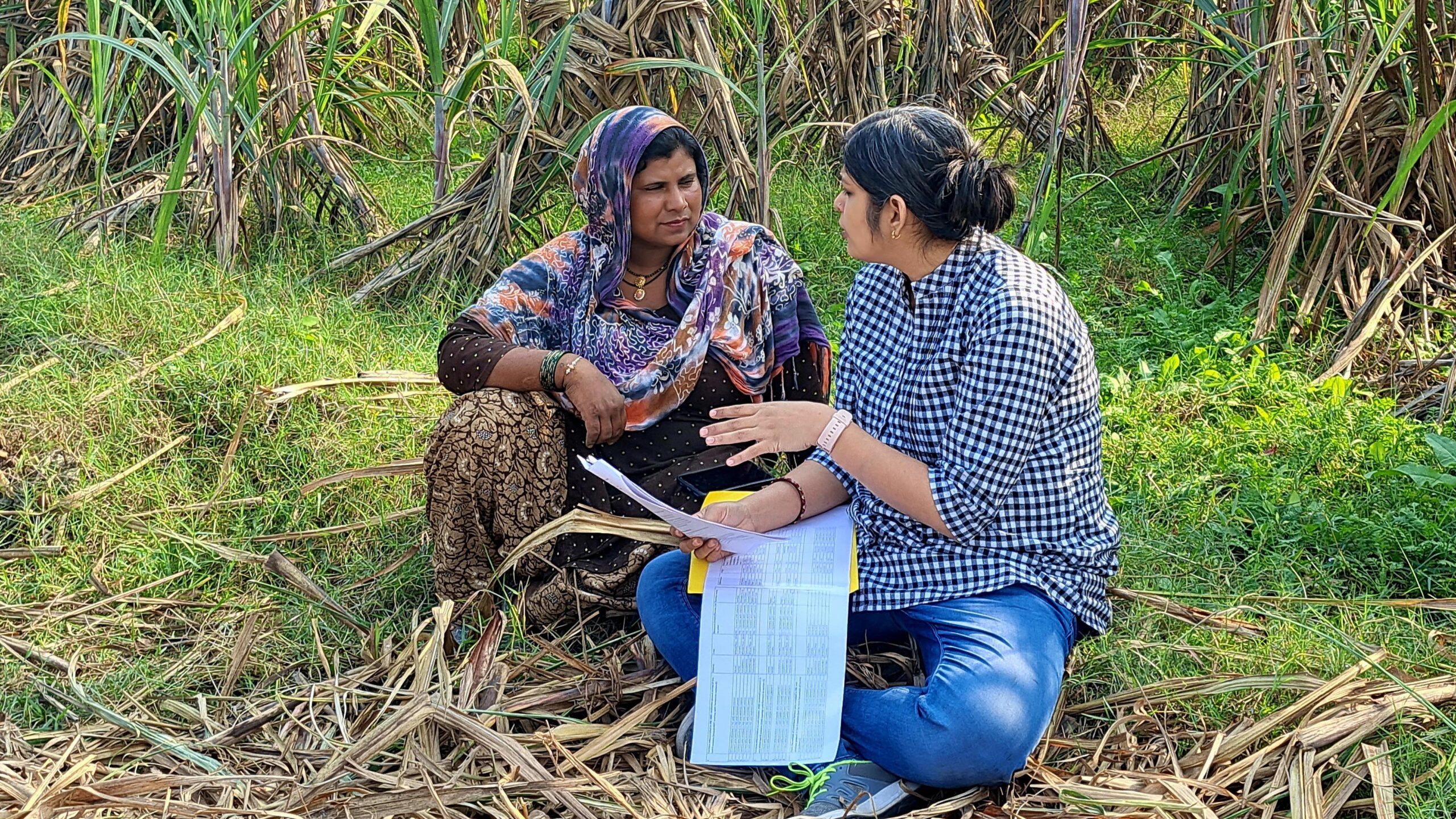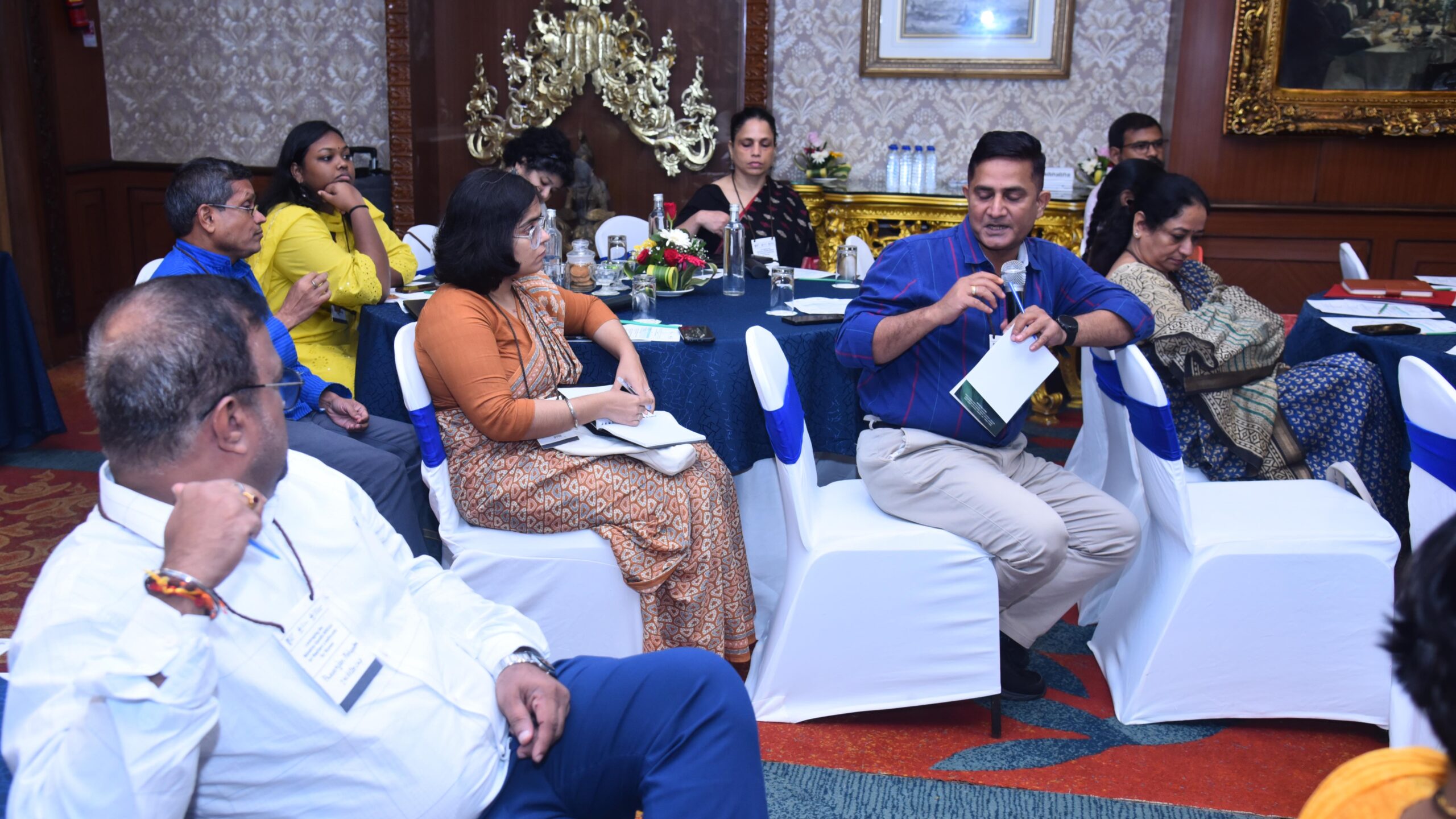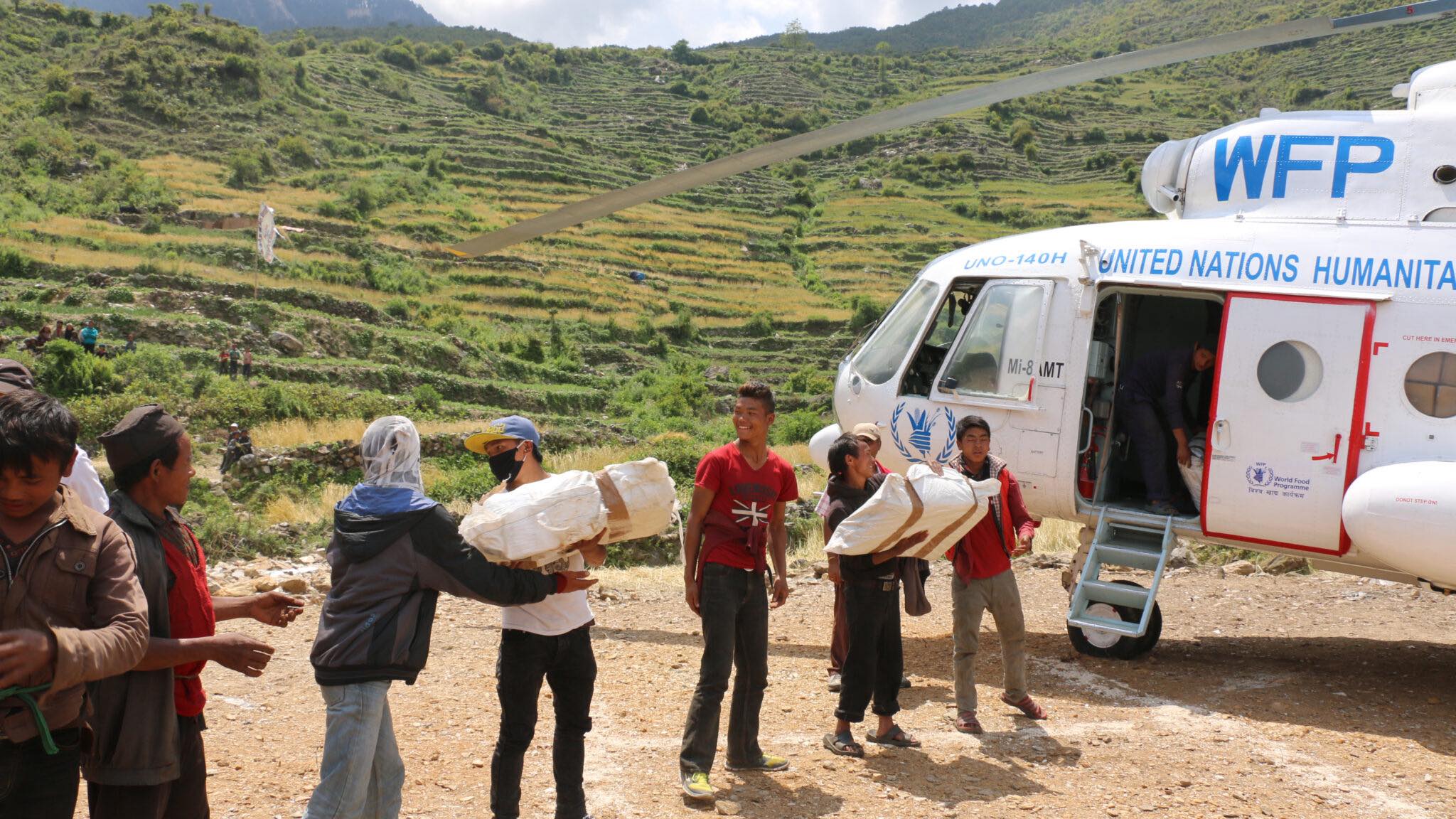This blog story by IFPRI Senior Research Fellow Stuart Gillespie and IFPRI Division Director Marie Ruel was originally posted onThe Guardian’s Development Professionals Network.
The G8 countries are being asked to make firm financial and strategic commitments to fight malnutrition on a scale never before imagined. Can they do it? If not, we can point to a lack of political will, but not lack of information and viable solutions.
Nutrition researchers, economists, and other champions in the fight against undernutrition have worked hard over the past five years to come up with tools and strategies that, when used together, can improve the lives of millions around the world.
At the heart of this intensive research and strategising is the recognition that solutions must go beyond economic growth. They must also go beyond individual interventions that focus specifically on nutrition. For real impact, policymakers must tackle malnutrition on all fronts and at all levels. This means making broader programmes – such as agriculture, social protection, early child development, education, water and sanitation, and other development programmes – nutrition sensitive. Doing so holds huge potential for addressing some of the wider causes of malnutrition; in the right environment, such broader actions can be a formidable arsenal against malnutrition.
Putting a nutrition lens on development
Designing development programmes, such as those mentioned above, to be more nutrition sensitive can increase income, food security, and diet quality. They can also empower women and thus improve nutrition by giving women greater access to income and other resources, and allow them to take a more active role in their children’s health, nutrition, and education.
Such redesigned programmes could also be platforms for enhancing the scale and impact of more direct interventions, such as: providing women with cash transfers under the condition that they attend nutrition education sessions and ensure their children receive their vitamin A supplements; adding nutrition training in curricula for primary and secondary schools to help prevent undernutrition and obesity in school children and to prepare them for their future role as parents; using community-based agricultural programmes or social safety nets to distribute micronutrient-fortified products for pregnant or lactating women and infants and young children who have particularly high nutrient requirements; and encouraging production and consumption of biofortified foods such as vitamin-A-rich orange sweet potato to improve nutrition.
Despite the obvious benefits of making broad programmes more nutrition sensitive, such approaches remain in the hidden drawer of the anti-malnutrition toolbox. A lot of numbers are floating around for how much it will cost to make a real dent in malnutrition. But new research, summarised in a recent paper for the Global Copenhagen Consensus panel, is unequivocal: for real impact, policymakers will get the biggest bang for their buck if they develop and use these tools and bundle them with existing nutrition-specific interventions.
Laying the foundation
So, can policymakers ‘walk the talk’? Commitment is not enough for the millions of nutritionally vulnerable women and children around the world. For the right mix of interventions and programmes to do their job, governments and the international development community must marshal the political will to build and sustain an enabling environment.
But how to build the political will? First, we must disabuse ourselves of the notion that undernutrition is an apolitical issue, which is how it is often framed. This approach is myopic and self-defeating. Second, we must recognise that political will does not just fall from the sky but needs to be actively built . Through investigating the drivers of success in countries such as Malawi, Peru, Brazil, and Ghana we can learn a lot about how this can be done, in different contexts.
Three key thematic ingredients repeatedly surface when reviewing national success stories.
First, knowledge and evidence of what malnutrition does to individuals and ultimately to societies and economies, and what mix of policies and programmes can turn this around, is key. But crucially it is also about the way evidence is framed and the narrative that is chosen to open the door for nutrition.
Second, nutrition is a fundamentally cross-cutting, multisectoral issue that demands horizontal and vertical coherence of planning and action – both across sectors (eg health, agriculture, social welfare, water and sanitation) and within these sectors (especially in the context of decentralised governance). And third, all of this must be backed by strengthened capacity and financing of individuals (nutrition champions, programme managers, frontline workers), the organisations in which they work, and national institutions.
While these ingredients are widely relevant, national recipes will differ. For example, the state of Maharashtra in India focused on 15, mainly tribal, districts with high levels of child stunting to show what could be done simply by boosting the capacity and skills of frontline workers of the Integrated Child Development Services programme (pdf), and providing them with the support they needed to do their jobs. Stunting dropped from 39% in 2006 to 23% in 2012. Peru, on the other hand, started at the highest political level by extracting pledges from presidential candidates to address child stunting if/when they came into power. Amultistakeholder child nutrition initiative reminded Peruvian president Alan Garcia of hispromise when he came into power, and child stunting has dropped from 31% in 2000 to 19% in 2011.
Political calculations and dynamic leadership in these countries created and sustained the enabling environments underlying their successful efforts to fight malnutrition.
The 2013 G8 meetings come on the wave of a great push to end malnutrition. On June 8, at the nutrition for growth event in London, massive financial pledges – on a scale never seen before – were made to tackle undernutrition. We know what needs to be done, what it will cost, and resources are now being generated to make it happen. This political momentum now needs to be translated into impact on the ground.
Stuart Gillespie is senior research fellow at the International Food Policy Research Institute (IFPRI) and CEO of the Transform Nutrition research programme consortium. Marie Ruel is division director of the IFPRI’s Poverty, health, and nutrition division.
Video interview with Stuart Gillespie on the Lancet series







